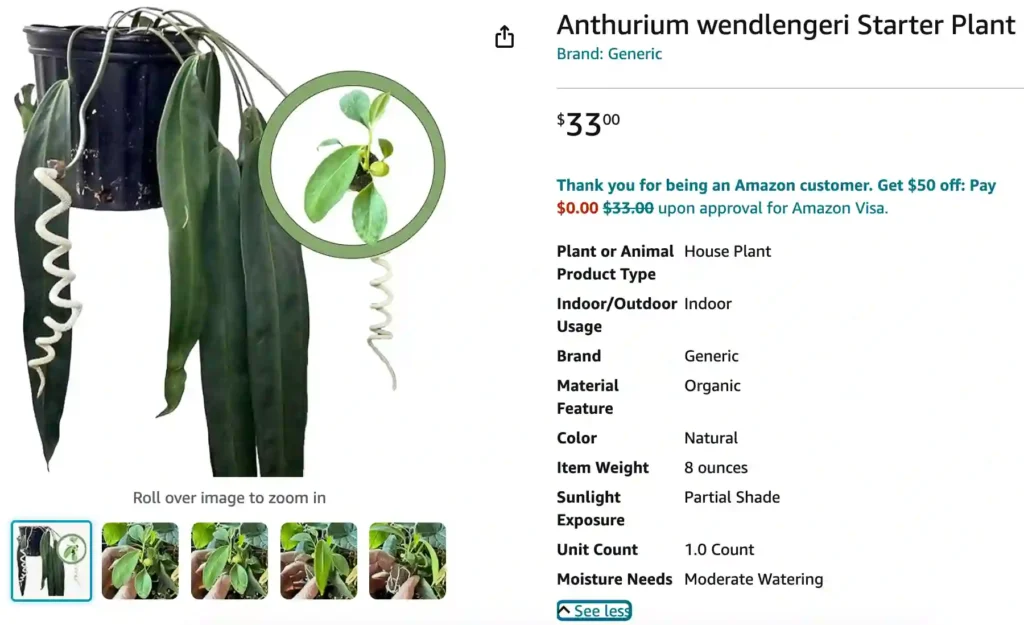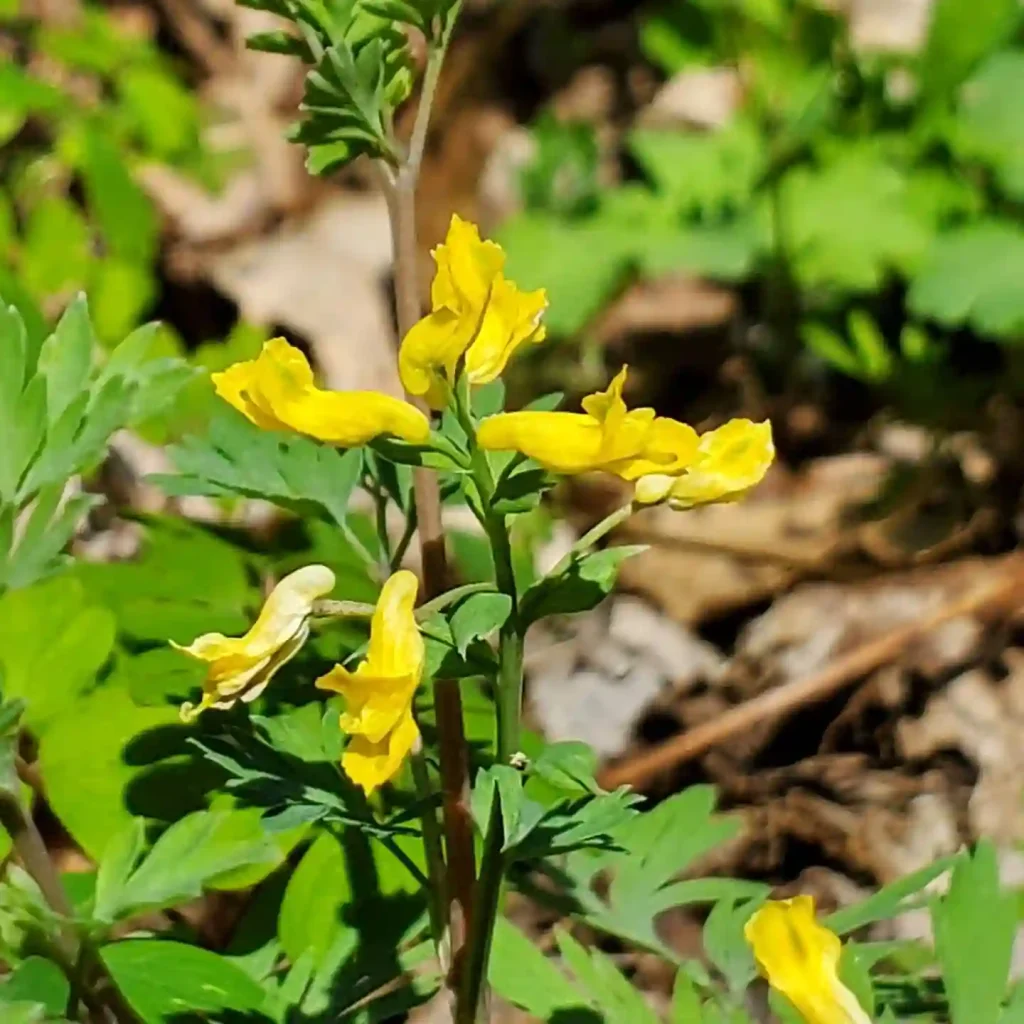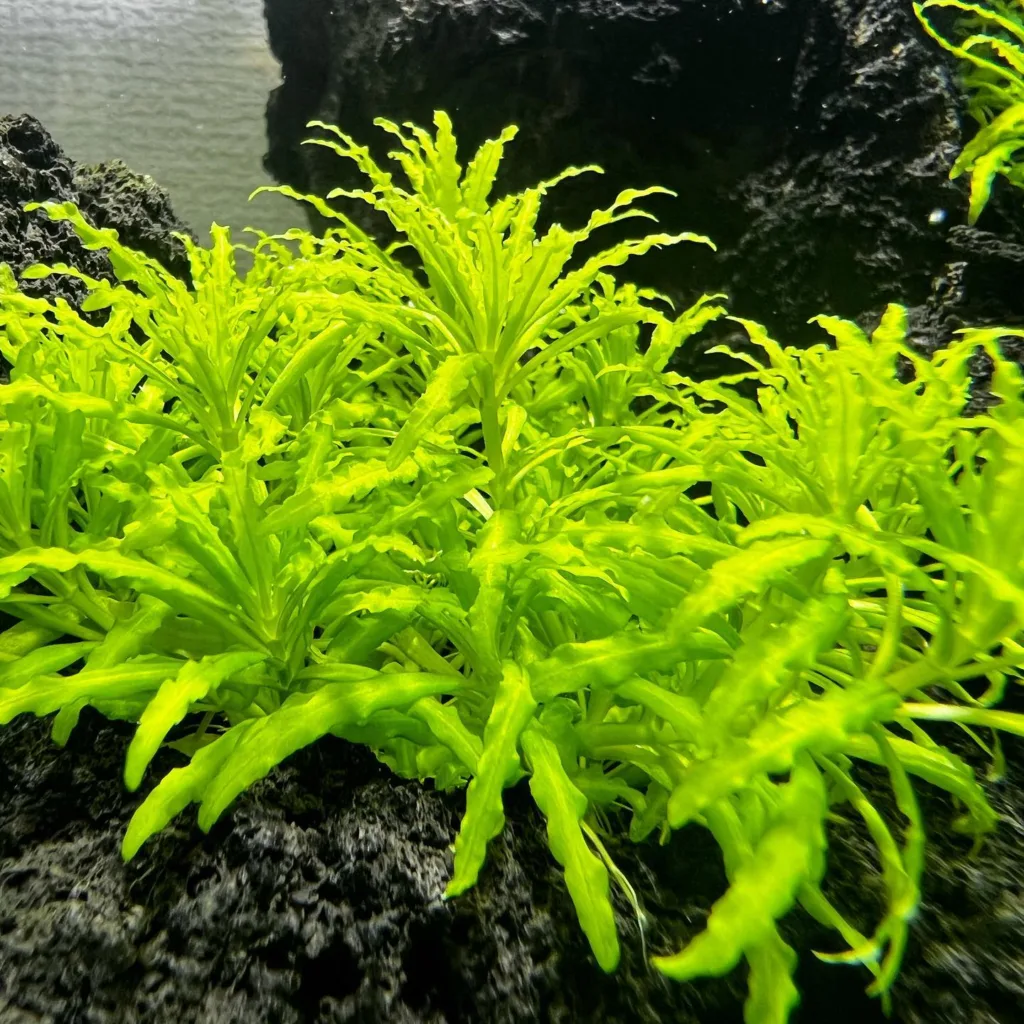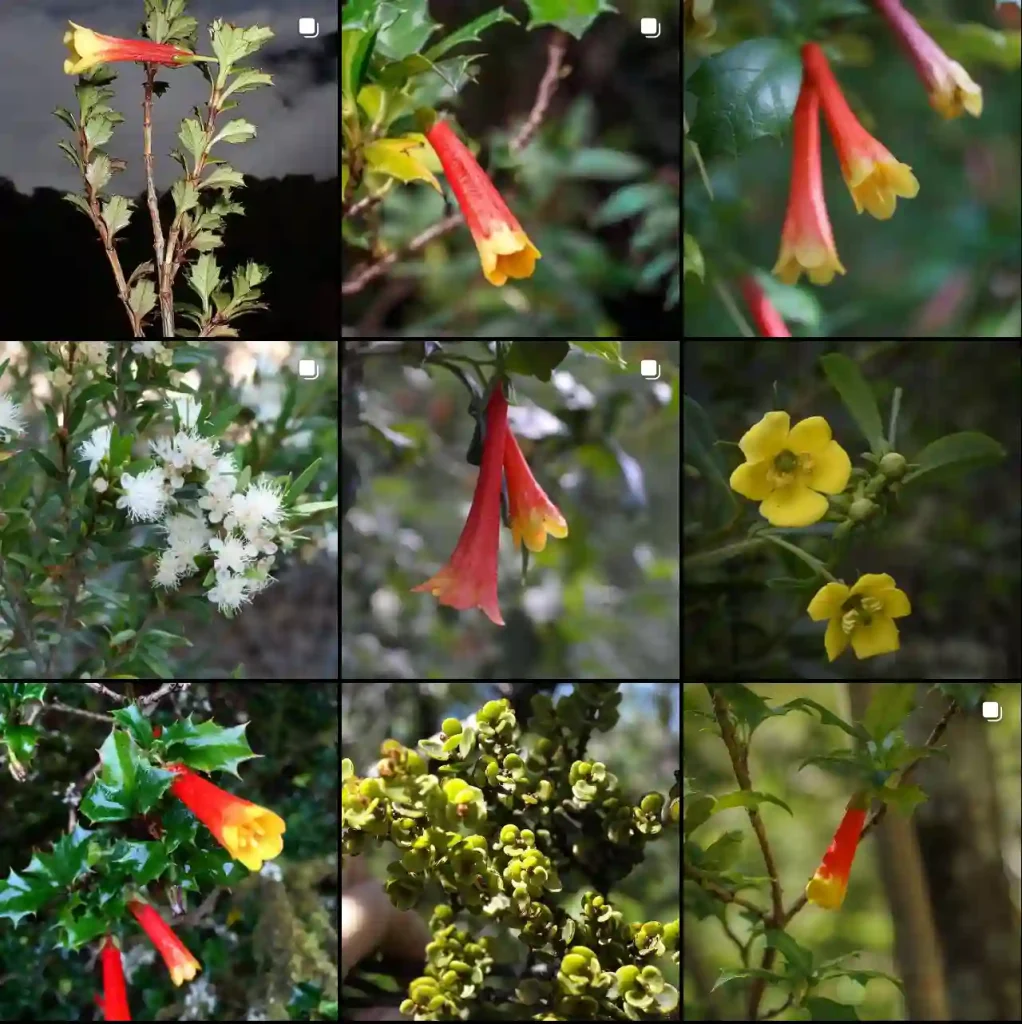
Anthurium Wendlingeri: A Collector’s Dream with Unique Flair
I’m Ferb Vu, and if you’re looking for an anthurium that breaks the mold, the Anthurium Wendlingeri might be your perfect match. This stunning aroid boasts unique characteristics that set it apart from its more common cousins. But before you rush out and snag one (if you can find it!), let’s delve into some frequently asked questions to see if this beauty fits your plant parenting style.
1327 Species in Genus Anthurium
What Makes the Anthurium Wendlingeri Special?
Unlike the heart-shaped leaves of the popular Anthurium crystallinum, the Wendlingeri boasts long, strappy foliage that can reach up to seven feet in length! These leaves have a distinct, almost velvety texture that adds a touch of the exotic to any indoor space. Even the flower, a typical anthurium spathe (modified leaf) with a spadix (sexual organ) inside, takes on a unique pendant form, dangling gracefully from the mature plant.
Is the Anthurium Wendlingeri Difficult to Care For?
The Wendlingeri isn’t exactly a fussy plant, but it does have specific needs. As a native of Central and South America’s moist, montane rainforests, it thrives in high humidity environments. Think terrariums or well-humidified rooms. If your home tends to be on the drier side, regular misting or a pebble tray filled with water can help keep your Wendlingeri happy.
Light-wise, Wendlingeri prefers bright, indirect light. Direct sun can scorch the leaves, so keep it away from south-facing windows. When it comes to watering, aim for consistent moisture but avoid soggy soil. Allow the top inch of soil to dry slightly between waterings.
How Does the Wendlingeri Compare to Other Anthuriums?
Compared to the widely available Anthurium crystallinum, the Wendlingeri is definitely the rarer option. This translates to a higher price tag, but for collectors, the unique foliage and growth habit justify the cost.
In terms of care, both appreciate high humidity, but the Wendlingeri’s larger leaves might require more frequent misting. The crystallinum also tolerates a wider range of light conditions, while the Wendlingeri is stricter about indirect light.
Another interesting comparison is with the Anthurium Clarinervium. Both have long, strappy leaves, but the Clarinervium’s leaves are typically wider with prominent veins. The Wendlingeri’s leaves tend to be narrower and have a more subtle veining pattern.
Is the Anthurium Wendlingeri a Good Plant for Beginners?
While not impossible, the Wendlingeri might not be the best choice for complete beginners. Its specific humidity requirements and light sensitivity demand a bit more attention than easier anthurium varieties. However, if you’re an experienced plant parent with a love for the unusual, the Wendlingeri’s unique beauty and relative ease of care (compared to some truly finicky aroids) make it a rewarding challenge.
Where Can I Find an Anthurium Wendlingeri?
Due to its rarity, finding a Wendlingeri at your local garden center might be a stretch. Online retailers specializing in rare aroids are your best bet. Be prepared for a higher price tag compared to common anthurium varieties.
Anthurium Wendlingeri vs Vittarifolium
Anthurium Wendlingeri and Anthurium Vittarifolium differ primarily in their leaf shape and size, with Wendlingeri displaying elongated leaves compared to the broader leaves of Vittarifolium.
Anthurium Wendlingeri vs Pallidiflorum
On the other hand, Anthurium Pallidiflorum’s strap-like, velvety leaves have a more elegant and serene presence. The way the leaves gracefully hang adds a touch of sophistication to my plant collection. While Wendlingeri brings a quirky, eye-catching charm, Pallidiflorum exudes a calm and refined beauty that I deeply appreciate.
Final Thoughts: Embrace the Unique
The Anthurium Wendlingeri is a conversation starter. Its strappy, velvety leaves and cascading flower spathe make it a captivating addition to any plant collection. With proper care and a touch of patience, this unique anthurium can thrive in your home, bringing a touch of the rainforest indoors.
If i die, water my plants!



